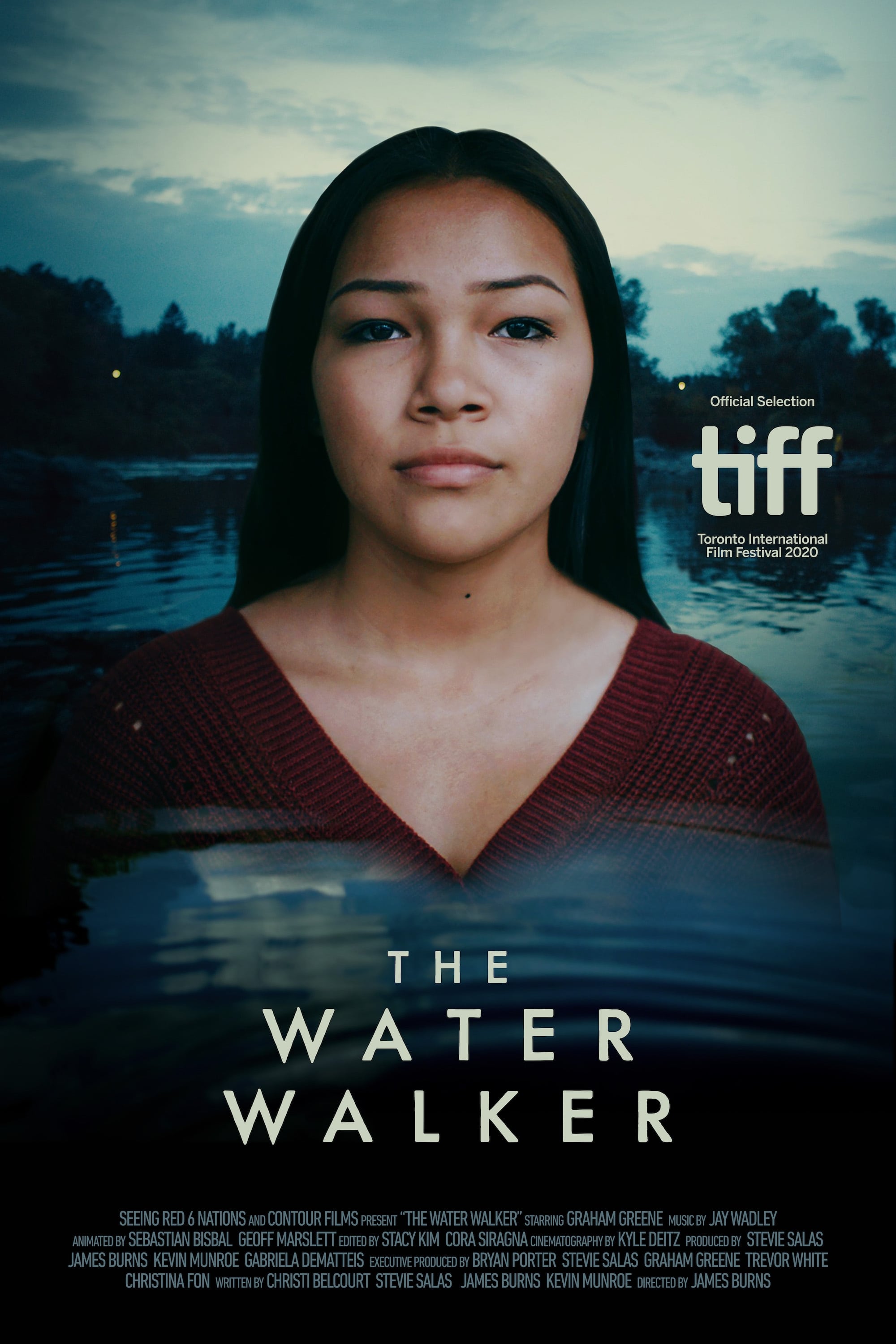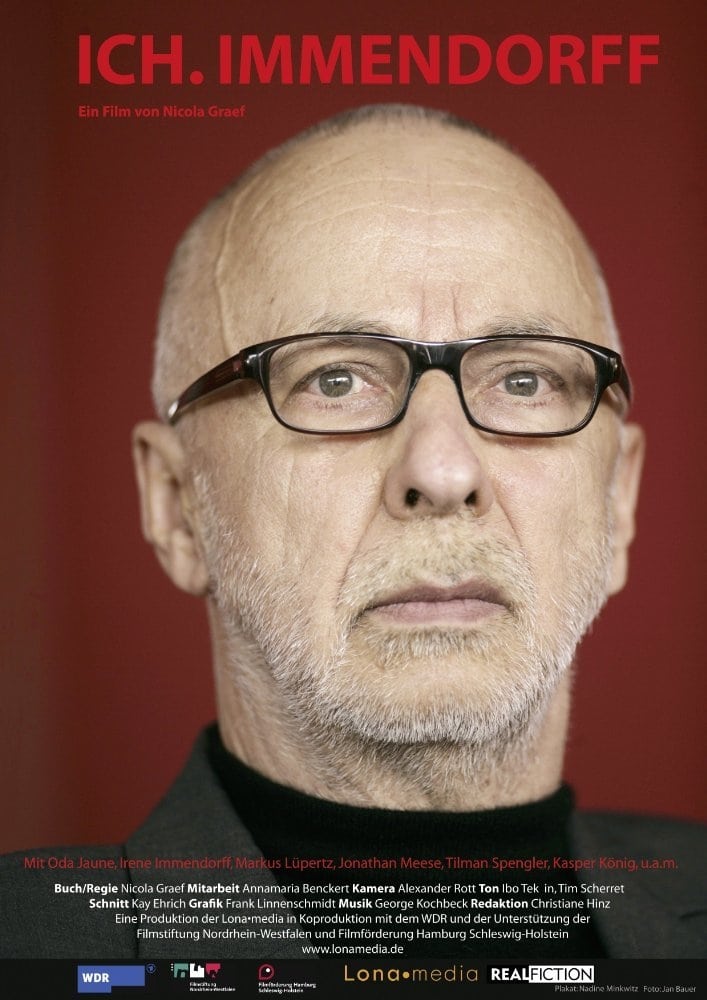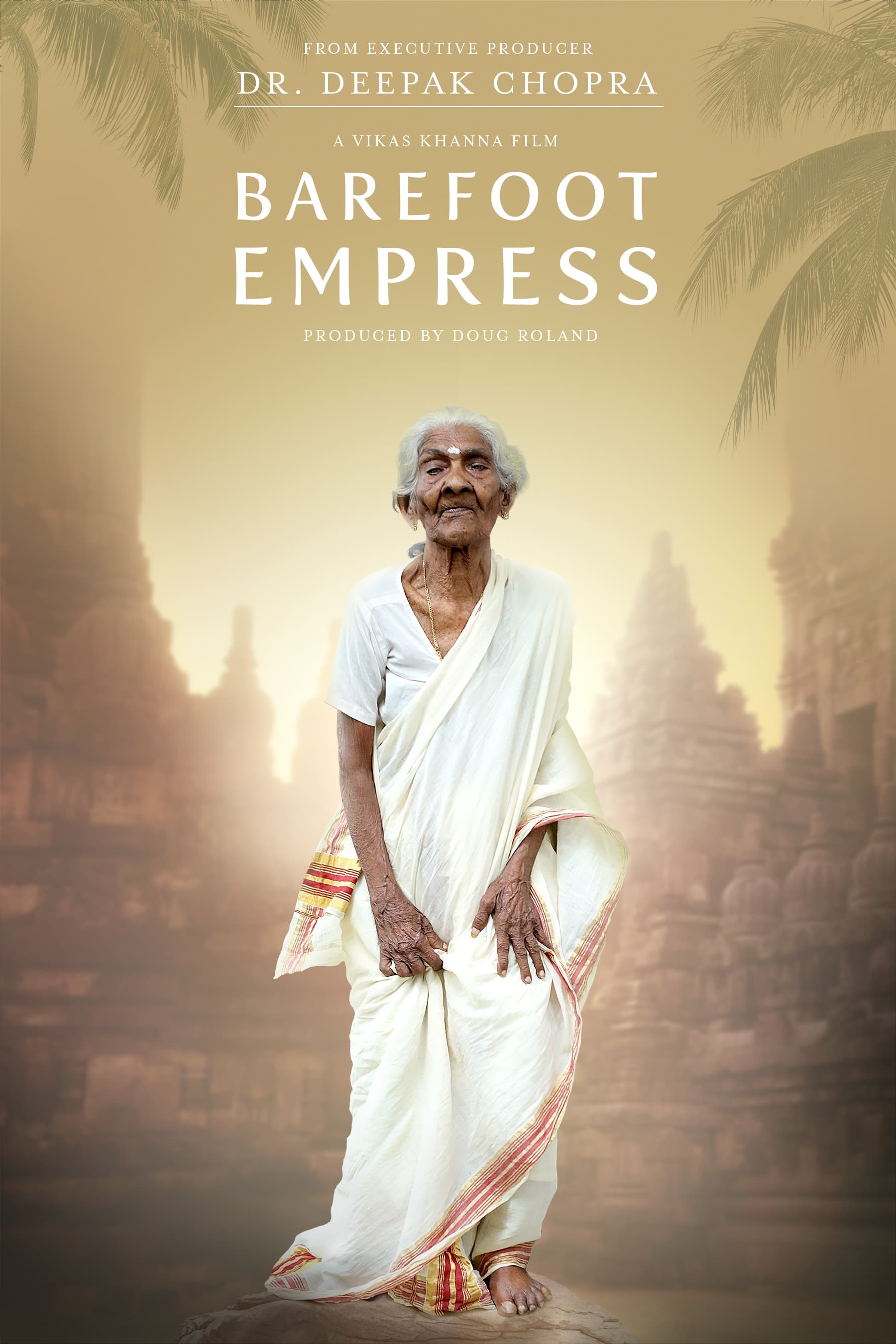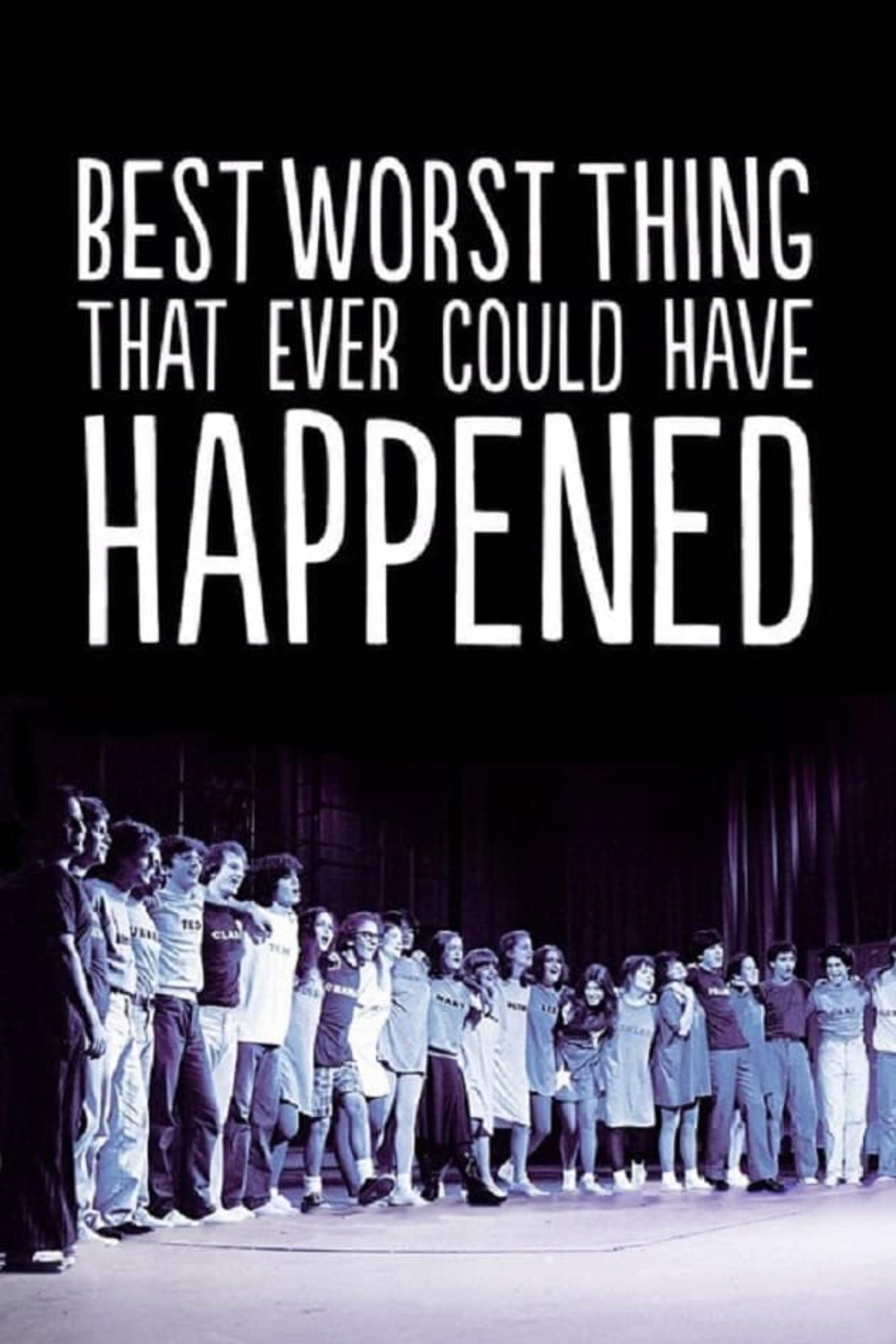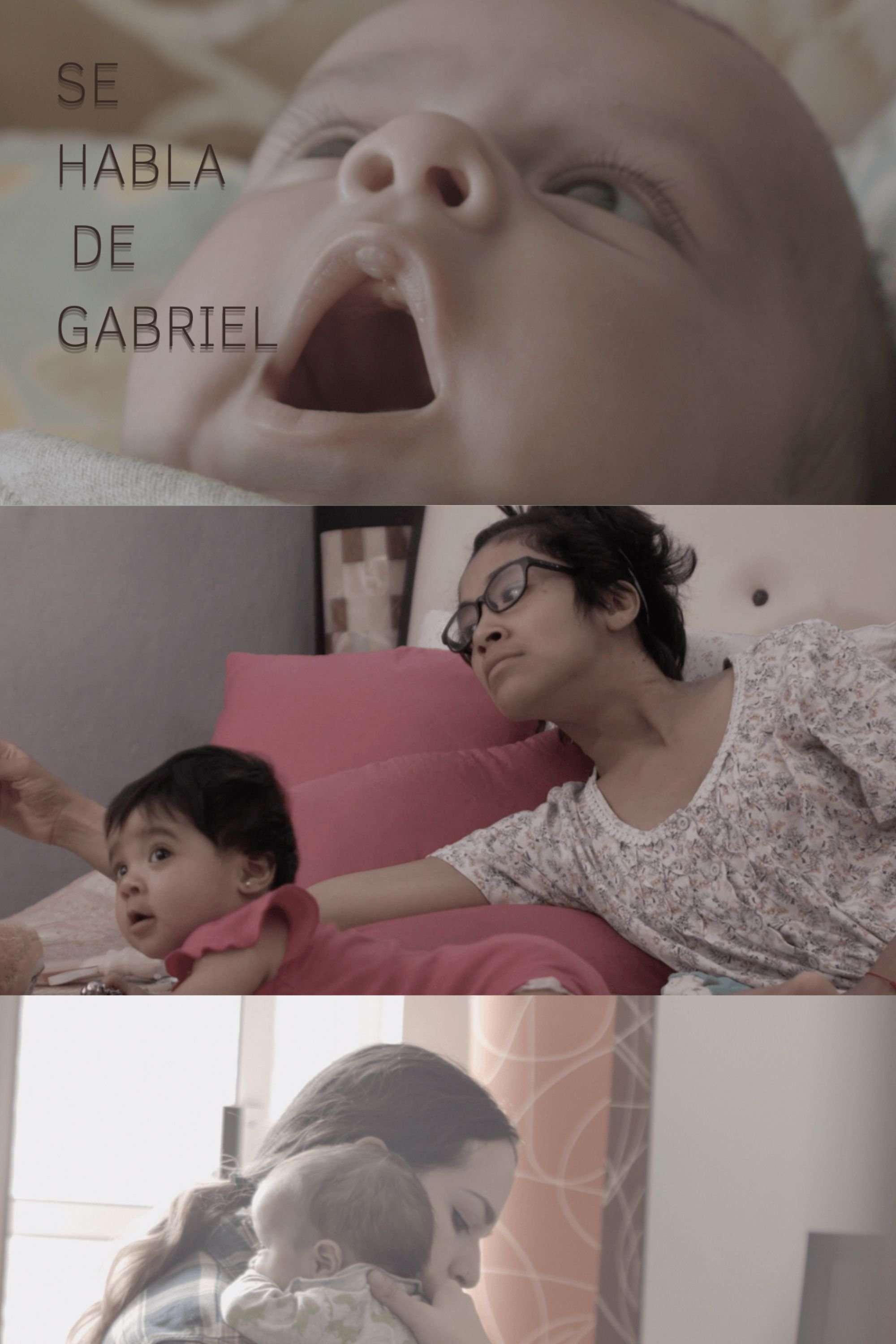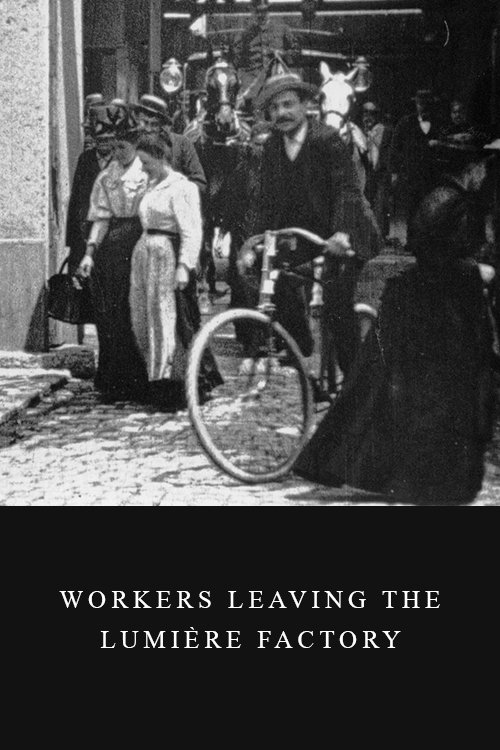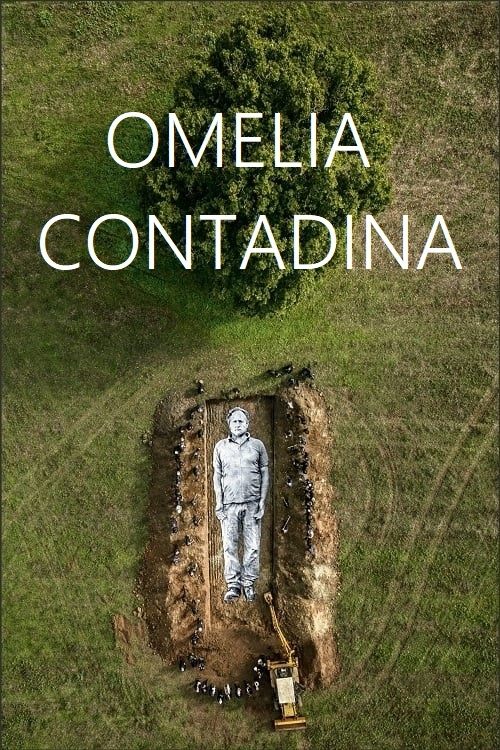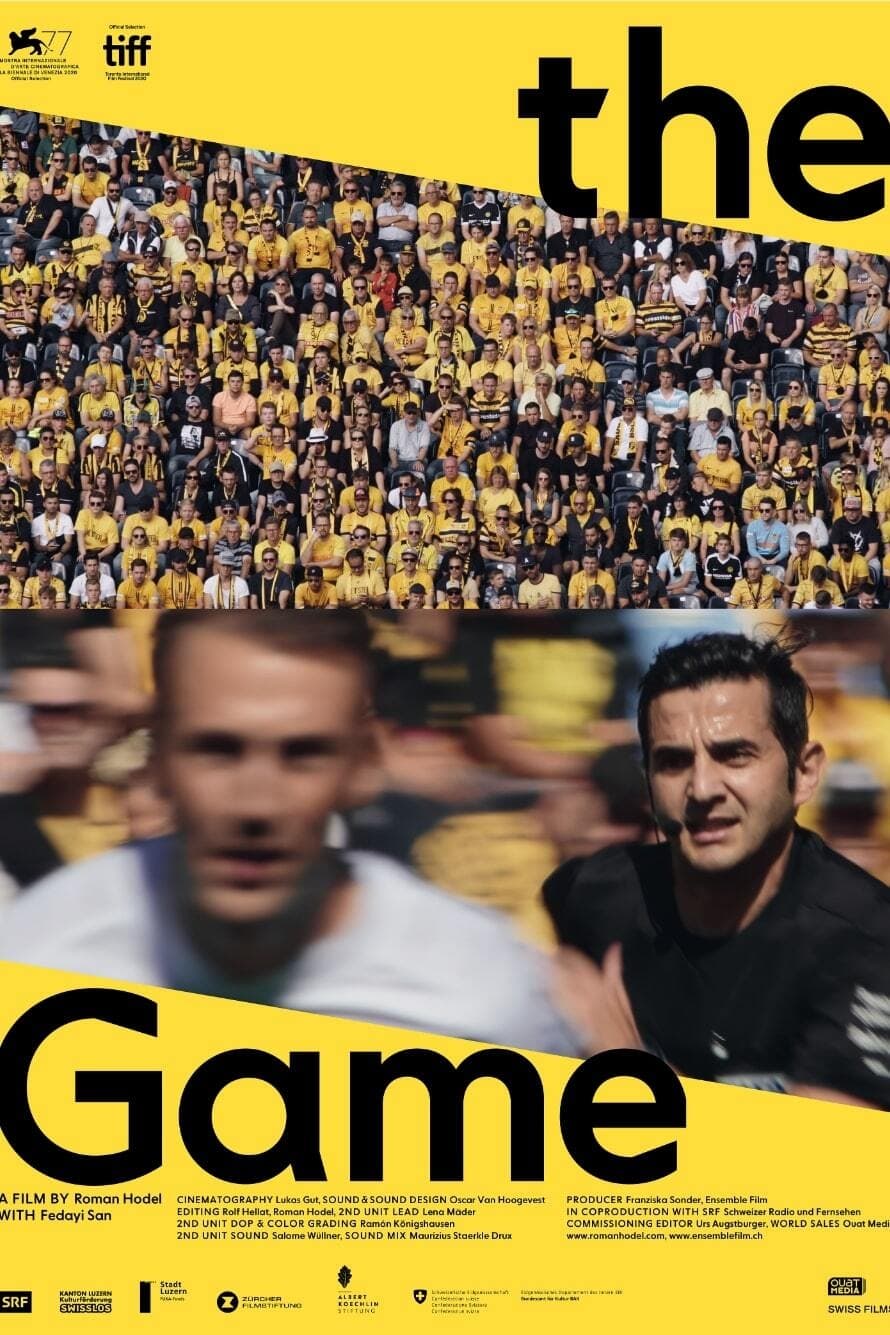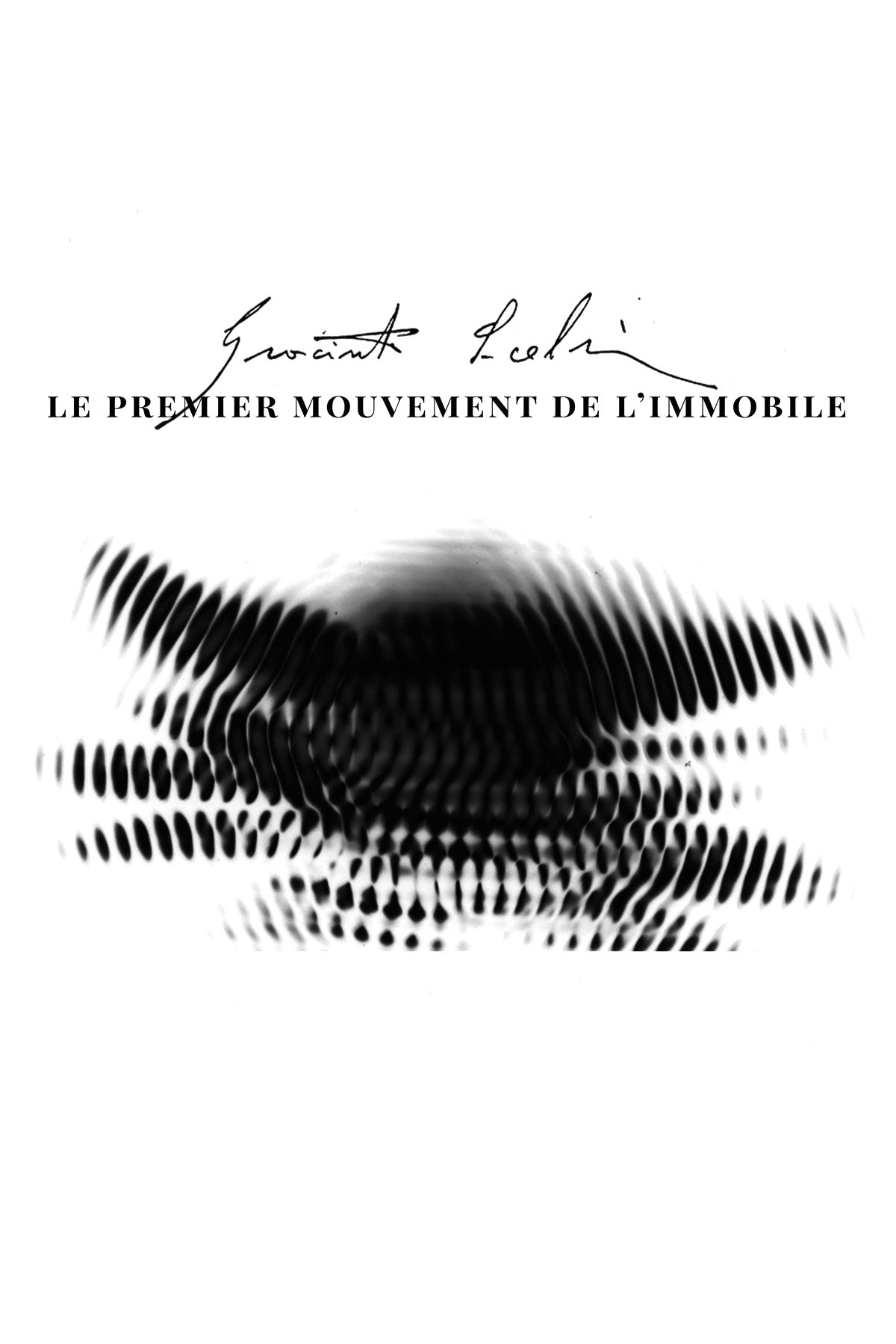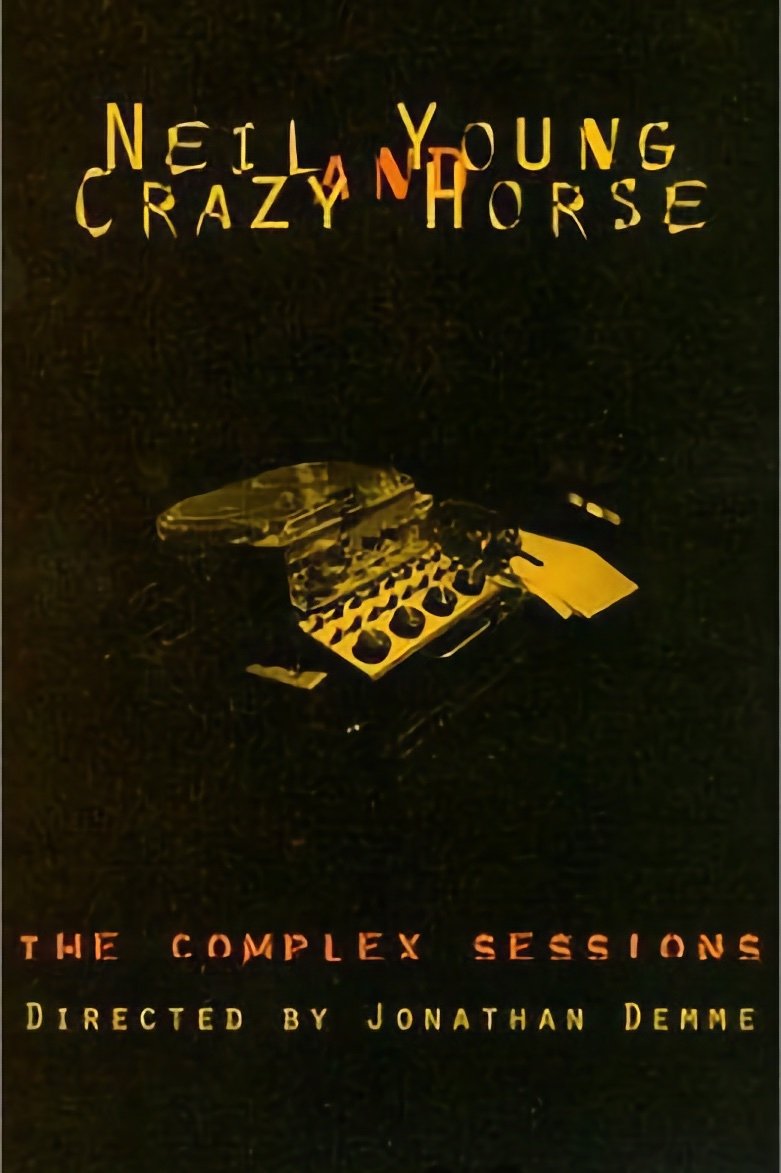
Amon Duul II: Plays Phallus Dei (1969)
Overview
Directed by German filmmaker Rüdiger Nüchtern, this behind-the-scenes rock documentary captures Amon Düül II, as the progressive rockers record their debut album, "Phallus Dei," in a Munich recording studio in 1968. Blending performance footage with a collection of psychedelic nature clips, Nüchtern's meditative film captures the true essence of the legendary krautrock collective. The movie premiered at the Edinburgh Film Festival.
Production Companies
Additional Info
| Budget | $0.00 |
|---|---|
| Revenue | $0.00 |
| Original Language | en |
| Popularity | 0.608 |
Directed By
Rüdiger Nüchtern
TOP CAST
Similar Movies
The Water Walker
A documentary following young Anishinaabe water activist Autumn Peltier as she travels to the UN to preserve the future of Indigenous communities.
Ich. Immendorff
Documentary film about the painter and sculptor Jörg Immendorff who ranks among the most important German artists. The filmmakers accompanied Immendorff over a period of two years – until his death in May 2007. The artist had been living for nine years knowing that he was terminally ill with ALS. The film shows how Immendorff continued to work with unabated energy and how he tried not to let himself be restrained by his deteriorating health.
Pure Imagination: The Story of 'Willy Wonka & the Chocolate Factory'
Retrospective documentary on the making of the cult classic "Willy Wonka & the Chocolate Factory."
Barefoot Empress
A 96-year-old woman in a Kerala village pursues her lifelong dream of getting an education. Having never gone to school, she must start at the beginning...first grade.
Best Worst Thing That Ever Could Have Happened...
This film from acclaimed theater director Lonny Price charts the journey of the original cast of Stephen Sondheim's "Merrily We Roll Along" in the 30-plus years since the musical debuted on Broadway at the Alvin Theatre in 1981.
Se habla de Gabriel
Documentary essay based on portraits of five women, their different ways of living motherhood, challenges and particularities.
Workers Leaving the Lumière Factory
Working men and women leave through the main gate of the Lumière factory in Lyon, France. Filmed on 22 March 1895, it is often referred to as the first real motion picture ever made, although Louis Le Prince's 1888 Roundhay Garden Scene pre-dated it by seven years. Three separate versions of this film exist, which differ from one another in numerous ways. The first version features a carriage drawn by one horse, while in the second version the carriage is drawn by two horses, and there is no carriage at all in the third version. The clothing style is also different between the three versions, demonstrating the different seasons in which each was filmed. This film was made in the 35 mm format with an aspect ratio of 1.33:1, and at a speed of 16 frames per second. At that rate, the 17 meters of film length provided a duration of 46 seconds, holding a total of 800 frames.
The Arrival of a Train at La Ciotat
A group of people are standing along the platform of a railway station in La Ciotat, waiting for a train. One is seen coming, at some distance, and eventually stops at the platform. Doors of the railway-cars open and attendants help passengers off and on. Popular legend has it that, when this film was shown, the first-night audience fled the café in terror, fearing being run over by the "approaching" train. This legend has since been identified as promotional embellishment, though there is evidence to suggest that people were astounded at the capabilities of the Lumières' cinématographe.
Kid City
Documentarian Jon Boorstin follows architect Frank Gehry and his sister, Doreen Gehry Nelson, as they attempt a new method of teaching elementary school children in Los Angeles. With funding from the National Endowment for the Arts, the siblings work together on a pilot program of “design-based learning” that would restructure the typical classroom curriculum, replacing rote math or civics lessons with an imaginary city designed and built entirely by the students themselves. Restored in 2018 by the Academy Film Archive.
People Who Make Things
A portrait of three Los Angeles area residents who create things with their hands. Angelo Austin decorates wedding cakes; Dean Jeffries designs, manufactures, and paints custom cars; and Pamela Weir-Quiton creates wooden dolls. Restored by the Academy Film Archive in 2016.
America; I Too
Three arrested and detained undocumented immigrants must navigate the system to fight impending deportation.
Omelia Contadina
A farming community gathers on a plateau on the border of three regions for the funeral of traditional agriculture. It’s a film to ward off the disappearance of a millenary culture.
Samuel de Champlain: Québec 1603
Footage of Québec City locations and the artwork of well-known Quebec animator Frédéric Back are used to tell the tale of Champlain’s life in New France – from his first explorations and settlement to his death in 1635.
Cleaners of Death
This is a story about people whose invisible job is to clean up the world that is hidden from our society.
The First Interview
In the world's first media interview, shot in Paris in August 1886, the great photographer Nadar interviews the famous scientist and sceptic Chevreul on his 100th birthday. In their own words - originally recorded in shorthand - they discuss photography, colour theory, Moliere, the scientific method, the crazy ideas of balloonists, and - of course - how to live for 100 years. These two legends of the 19th century have a lively and interesting conversation. One was born before the French revolution; the other was destined to see the marvels of the aeroplane and the movies.
Nannies
Nannies combines autobiographical elements with a reflection on the presence of nannies in Brazil. With a subjective narration, the film incorporates photographs, domestic footage and newspaper adds from the 20th century, as well as contemporary images of nannies and children, building a personal narrative about the presence of nannies in the daily lives of many Brazilian families. A situation where the affection is genuine, but does not dissolve violence and racism.
The First Motion of the Immovable
It all begins with a childhood memory: that day when the father of the future filmmaker Sebastiano d'Ayala Valva forces him to listen to certain music that initially terrifies him; a distant echo from the past that leads him to follow the trail of his mysterious ancestor, the Italian composer Giacinto Scelsi (1905-1988), who claimed that his music was directly inspired by the gods.
Neil Young and Crazy Horse: The Complex Sessions
This half-hour documentary by acclaimed director Jonathan Demme ("The Silence of the Lambs") captures singer-songwriter Neil Young and his hard-rocking backing band Crazy Horse "live" in the studio playing a set of four songs. These sessions took place at the Complex Recording Studios in Los Angeles on October 3, 1994, just one day after Young's critically-lauded Bridge School Benefit concert. Earlier that year, Young and his band had recorded the studio album "Sleeps with Angels" at the Complex studios and came back to film a series of music videos. Jonathan Demme was there to document the recording session, which began at 6:30 pm on a Monday evening and concluded at 4:30 am the next day. "The Complex Sessions" is the result of these sessions. Set List: 1. My Heart (3:08), 2. Prime of Life (4:44), 3. Change Your Mind (14:56), 4. Piece of Crap (3:08).
